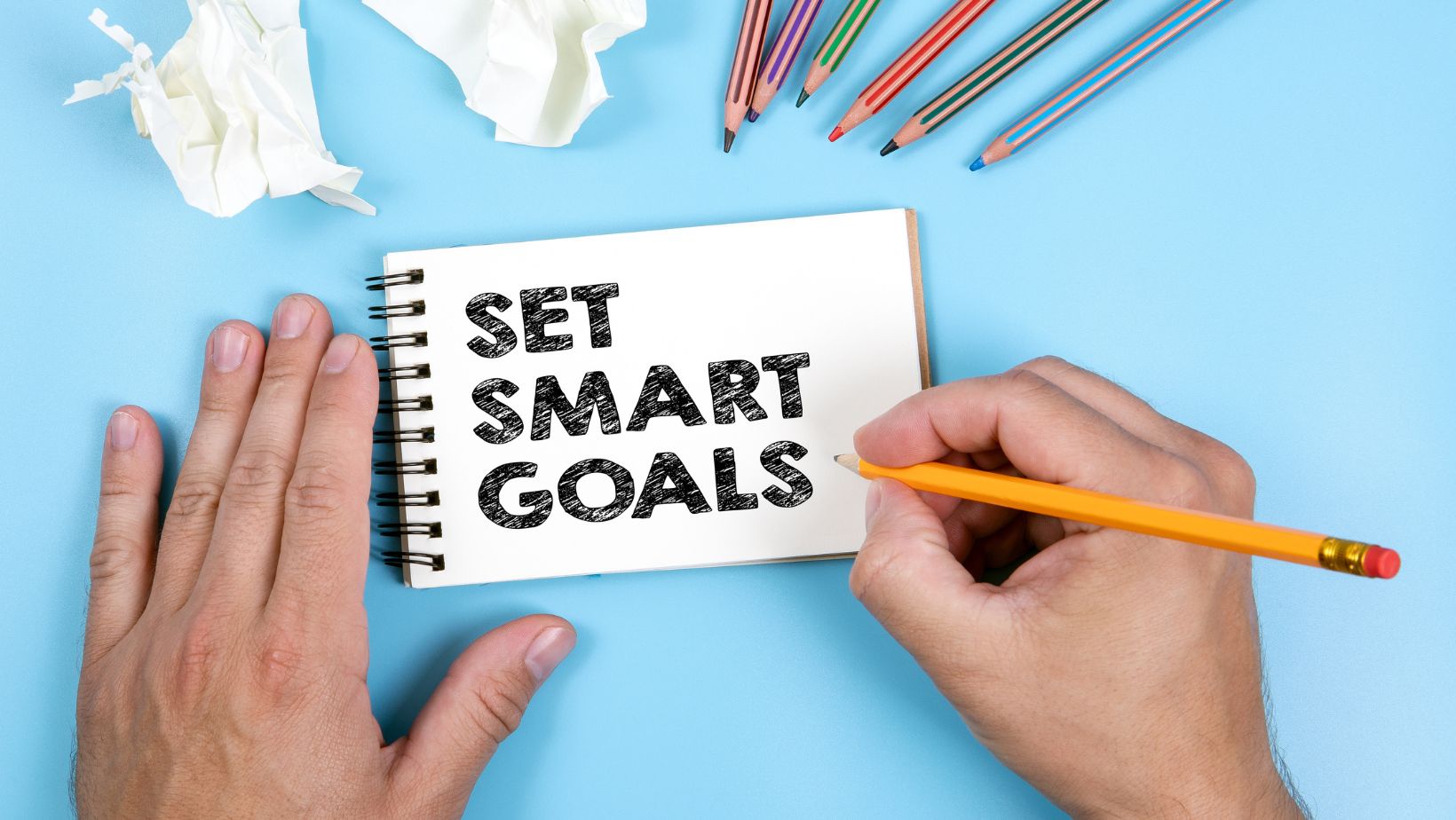Self Improvement Goals, In the pursuit of personal growth, setting self-improvement goals is a crucial first step. These goals act as a roadmap, guiding individuals on their journey to becoming better versions of themselves. They help one identify areas in life that need enhancement and provide an actionable plan to achieve desired improvements.
While some people might argue that self-improvement is an ongoing process rather than a destination, it’s undeniable that setting well-defined goals can make this journey more structured and manageable. It provides a clear direction, helps maintain motivation during challenging times, and gives a sense of accomplishment once the goal is achieved.
Ultimately, self-improvement goals are about making positive changes. Whether it’s developing new skills, adopting healthier habits or improving emotional intelligence – each goal brings one step closer to enhanced personal growth and fulfillment. By embracing these goals, anyone can unlock their potential and lead a richer, more satisfying life.
Self Improvement Goals
When it comes to personal development, setting self-improvement goals is a key step in the journey. It’s like lighting a path towards who you want to be and what you want to achieve.
Importance of Goal Setting
Ever wonder why people set goals? It’s because they serve as a roadmap for personal growth. They act as stepping stones that guide individuals on their path to becoming better versions of themselves. When someone sets self-improvement goals, they’re essentially creating benchmarks for progress and success.
For instance, let’s take an individual who wants to improve their public speaking skills. They might set a goal such as “I’ll speak at five local events this year”. This makes the target tangible and achievable while providing them with clear milestones along the way.
Moreover, by having definite targets in place, one can make more informed decisions about how they spend their time and energy. It allows them to focus their efforts where it matters most.

SMART Goals Framework
A useful tool in crafting these objectives is the SMART Goals framework. An acronym for Specific, Measurable, Achievable, Relevant and Time-bound – each element plays a crucial role in shaping effective self-improvement goals.
To illustrate:
- Specific: Instead of saying ‘I want to get fit’, say ‘I’ll jog three times a week’.
- Measurable: Make your goal quantifiable so you can track your progress.
- Achievable: Ambitious yet realistic objectives are vital.
- Relevant: Your aim should align with your long-term aspirations.
- Time-bound: Set deadlines to keep yourself accountable.
By utilizing this method when setting targets for oneself, it becomes much easier not only in defining what you wish to accomplish but also how exactly you plan on doing so. Whether you’re aiming for career advancement or personal enrichment – having well-defined self-improvement goals can make the journey smoother and more rewarding.
Self-Reflection and Assessment
Self-improvement goals aren’t just about setting your sights on a target; they’re also about understanding where you stand right now. That’s where self-reflection and assessment come in – an essential part of the journey towards personal growth.
Identifying Strengths and Weaknesses
Knowing your strengths lets you harness what you’re already good at, while identifying weaknesses can help pinpoint areas for improvement. It’s like taking stock before embarking on a journey; knowing exactly what supplies you have helps plan the way forward more effectively. For instance, if communication is one of your strengths, it could be harnessed to improve relationships or excel in a career that values this skill. If time management is a weakness, that might be an area to focus self-improvement efforts.
It’s important here to remember: there are no ‘bad’ weaknesses—only areas ripe for growth. So don’t shy away from those weak points; instead, embrace them as opportunities for self-improvement.

Tracking Progress
But how do you know if you’re improving? That’s where progress tracking comes into play—it provides tangible evidence of your strides towards those self-improvement goals.
Consider setting up measurable milestones along the way—a countdown not just to keep track but also to celebrate small victories en route! Whether it’s reading ten pages daily (if improving reading habits is the goal) or practicing mindfulness five minutes each day (for enhancing mental well-being), these markers serve as checkpoints providing reassurance that yes, you’re moving forward!
Furthermore, documenting this journey—be it through journal entries or progress charts—can offer valuable insights into patterns and trends over time. It might reveal which strategies work best for you, or show when motivation typically wanes thereby indicating when extra support may be needed.
In essence, tracking progress isn’t just about noting down achievements—it’s also about understanding the nuances of your unique journey towards self-improvement goals.
